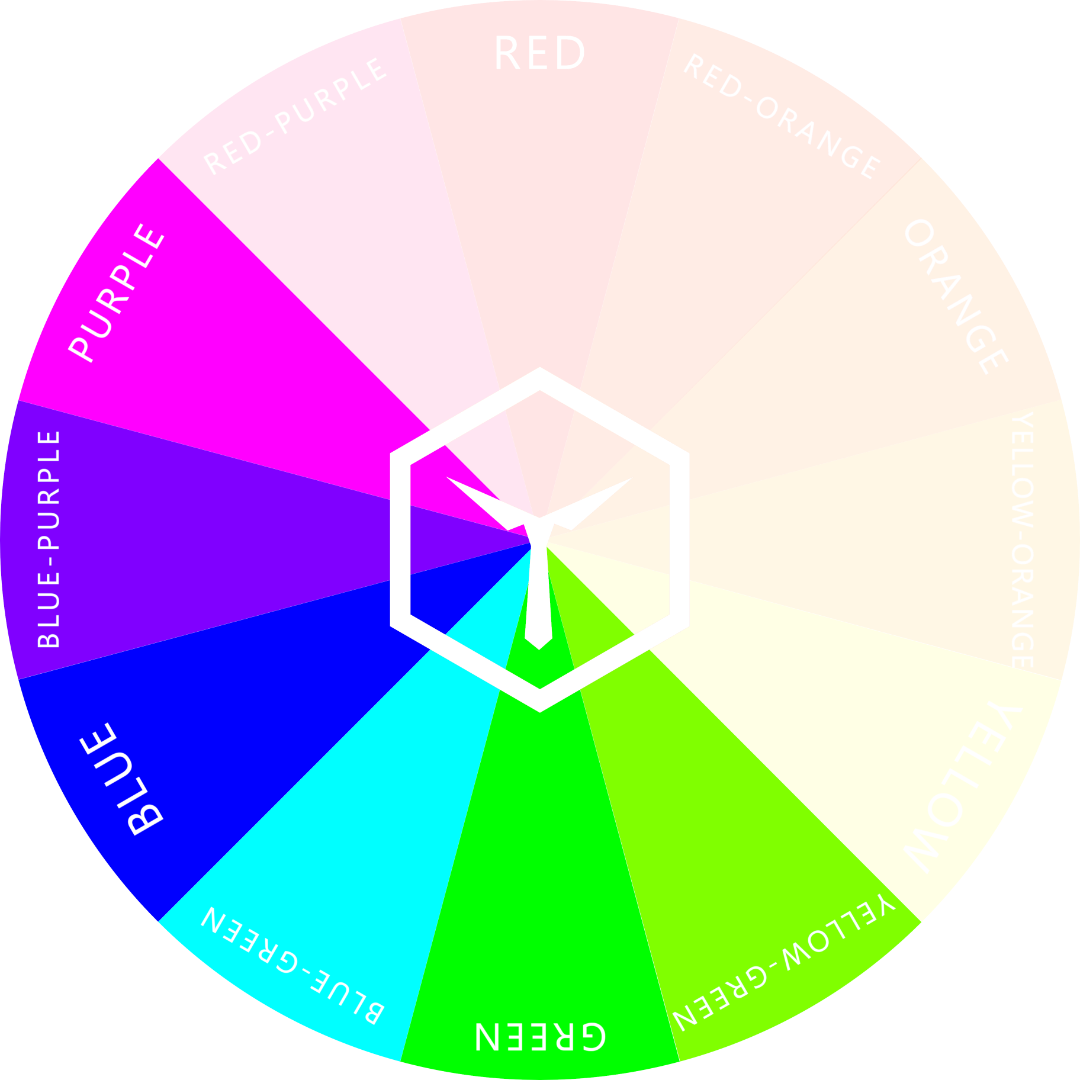Cold Colors in Clothing
As someone who wants to command a level of influence among peers, you know you can’t do without your clothing style. This is one of the aspects that define you to others and set the tone on how people interact with you.
One of the most important factors when it comes to clothing and making an impression, ist color. We can divide colors into two segments: warm and cold colors. In this short article, we’ll be discussing cold ones.
You may be wondering what cold colors are. As you will see in this article, they are fairly basic and easy to identify. You probably have many clothes in these colors. Without further ado, let’s get to know what cold colors are.
Cold colors are of hues between yellow-green and purple.
What Are Cold Colors?
Cold colors (or rather cold hues) are those that have an undertone of either: green, blue, or purple. Using the color wheel as a reference, these hues are:
Yellow-green
Green
Blue-green
Blue
Blue-purple
Purple
Cold hues usually don’t exhibit much energy which is why they are perceived as calm. They are not overpowering and tend to blend in with their surroundings well. They are also generally seen as reserved or melancholy.
Blue, the coldest hue, for instance, immediately reminds us of the ocean and the sky. There is a certain reassurance the color blue inspires. At the same time, blue can also be perceived as a dull color. Nevertheless, it is considered an elegant color in darker tones.
The color green bursts with life, freshness, reliability, and balance. It’s a reminder of nature and can be used to sturdy and “ground” your fashion outfit.
Purple, or sometimes violet or magenta, on the other hand, sends the notion of purity, idealism, and luxury. It’s not a very common color used in fashion because of its mysterious nature. But it can create an intentional impact when used correctly.
Another thing to note is that shades or tints of cold colors create different meanings from their pure hues. For example, the way people perceive light green is different from when they see dark green. These differences in meaning determine how each color is used in fashion. More on dark and light colors in clothing in our full-length article.
How To Use Cold Colors in Fashion
Cold Colors as Canvas Colors: Apart from neutral tones, cold colors are great as canvas colors in any outfit. Because of their somewhat subdued nature, they create the balance needed to make any outfit complete. Cold colors are pretty much ‘safe’ to work with compared to their opposite warm colors.
Working with seasonality: Cold colors can work well in all seasons, depending on their value (lightness). But they are better suited during fall and winter, especially if they are of a lower value (darker). Not only do they blend with seasonal colors, they also help keep you warm by absorbing heat from light.
Cold colors can explain your overall (most probably calm) personality or emotional state to people around you. They are easy to incorporate into your wardrobe and you’re sure to hit a home run with them.
Whether you want to come off as dependable or easy-going, cold colors are a great line-up for your fashion style. Most cold colors are also ideal for more serious professional settings.

